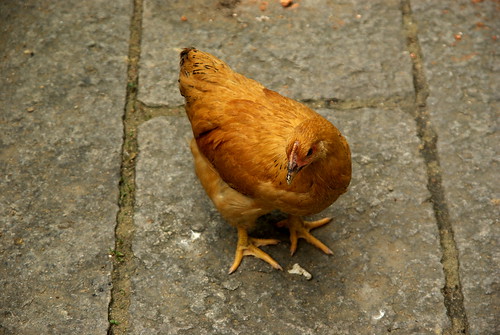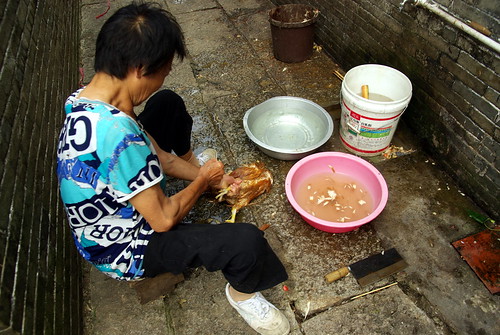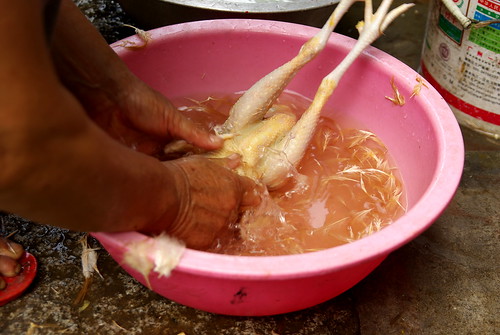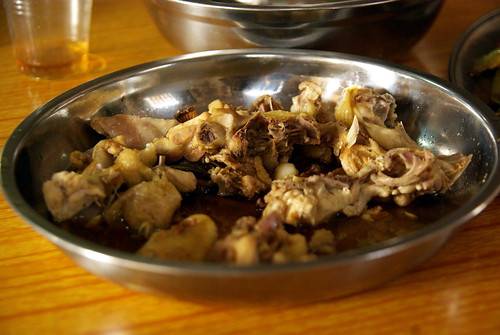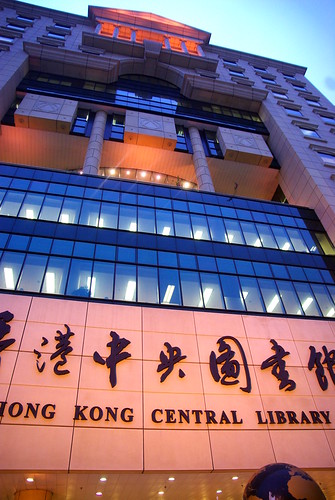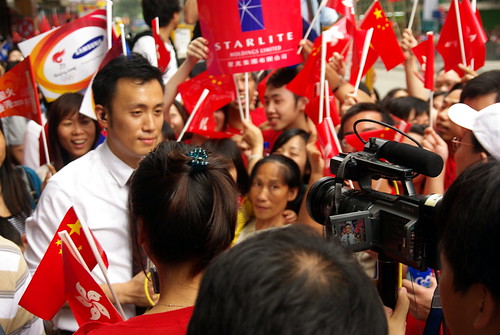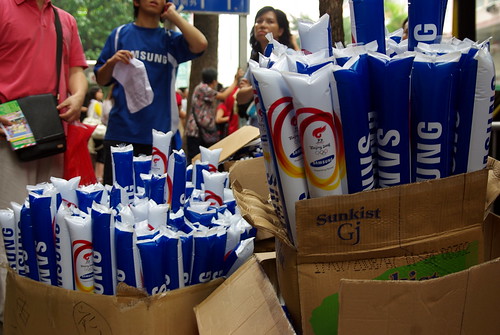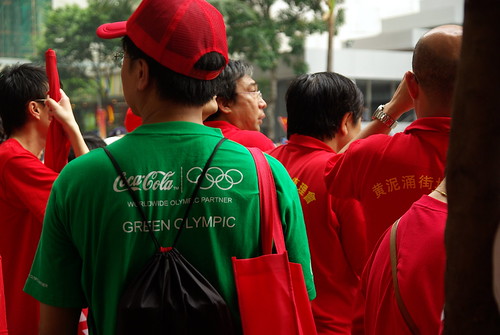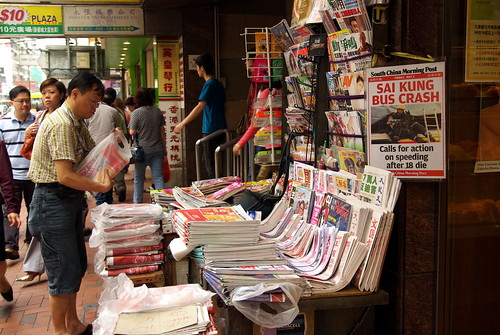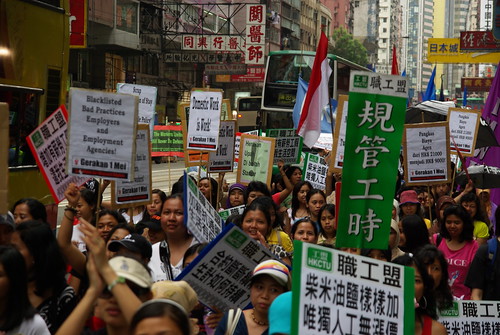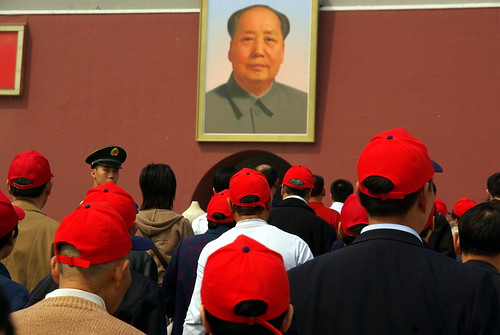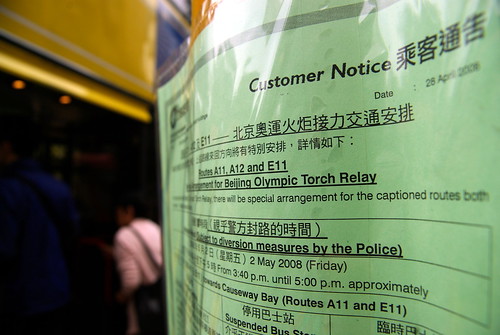Après au moins six mois à être bloqué en Chine, le site web de Radio-Canada était à nouveau accessible aux internautes basés en Chine continentale. Une semaine après l’envoi d’une lettre par Hubert T. Lacroix, président de CBC/Radio-Canada, à l’ambassade chinoise à Ottawa, les Chinois pouvaient à nouveau cliquer sur Radio-Canada.ca et CBC.ca (voir article).
Voilà qu’en voyage de deux jours dans la province du Guangdong, j’ai remarqué à Shenzhen hier (7 mai 2008 – vers midi, HKT) que Radio-Canada.ca n’était plus accessible. Un “server not responding” apparaissait en pointant sur le portail de Radio-Canada ou son site de nouvelles, tandis que CBC.ca répondait encore à l’appel. Une défaillance du routage? Un blocage temporaire automatisé par mot-clés? Le pare-feu qui tombe à nouveau?
Deux amis vivant à Beijing m’ont confirmé plus tard aujourd’hui (8 mai 2008 – le soir) qu’ils ne pouvaient pas accéder à Radio-Canada.ca non plus.
Mise à jour (2008-05-11): Bruno Guglielminetti rapporte dans le carnet techno de Radio-Canada que le site serait re-bloqué depuis dimanche, d’après des commentaires venant d’internautes en Chine. Vu que je ne suis plus en Chine, je ne suis plus en mesure de vérifier personnellement si le site est encore bloqué aujourd’hui. (Mon article a été référencé par InsideTheCBC.com.)


